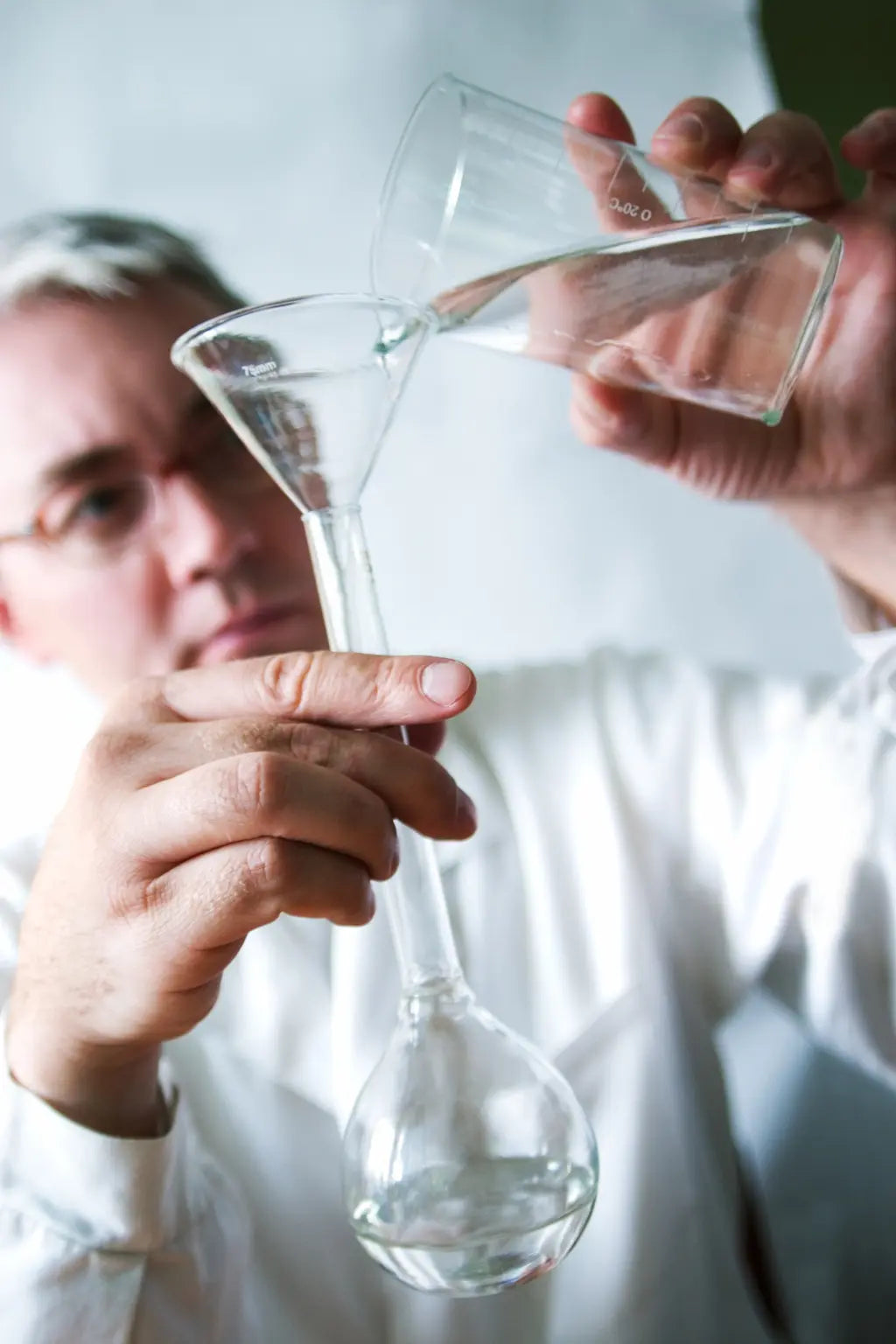No products found
Use fewer filters or clear all
Understanding Sulfur and Hydrogen Sulfide in Water
What is Sulfur and Hydrogen Sulfide in Water?
Sulfur, particularly in the form of hydrogen sulfide (H₂S), is a common contaminant in well water and groundwater sources. Hydrogen sulfide is a gas that forms naturally through the decay of organic material and is produced by certain types of bacteria. It gives off a distinctive "rotten egg" smell, making it easily recognizable. While sulfur and hydrogen sulfide in water are not generally harmful to health at low concentrations, they can cause unpleasant odors, taste issues, and damage to plumbing systems.
How Does Hydrogen Sulfide Enter Water Supplies?
Hydrogen sulfide can find its way into water supplies in a variety of ways:
- Natural Decay: As organic matter decomposes in low-oxygen environments, it releases hydrogen sulfide gas, which can dissolve into groundwater.
- Bacterial Activity: Certain sulfur-reducing bacteria can thrive in well water, producing hydrogen sulfide as a byproduct.
- Industrial Waste: In some areas, industrial activities such as mining or oil refining may contribute to elevated sulfur levels in the water.
- Corrosion of Plumbing: Hydrogen sulfide can accelerate the corrosion of pipes, plumbing fixtures, and even water heaters, leading to metallic-tasting water and potential damage to home infrastructure.
Why is Hydrogen Sulfide a Problem?
Though low levels of hydrogen sulfide are typically not harmful to health, there are several issues that it can cause:
- Rotten Egg Smell: Even small amounts of hydrogen sulfide can cause a strong, unpleasant odor, making the water difficult to drink, cook with, or bathe in.
- Corrosion: Hydrogen sulfide gas can cause corrosion in metal pipes, faucets, and fixtures, potentially leading to costly repairs and maintenance.
- Stained Appliances and Fixtures: Sulfur in water can cause yellow or black stains on sinks, toilets, and appliances, as well as discoloration in laundry.
- Impact on Taste: Water with hydrogen sulfide may have a foul, metallic, or bitter taste, making it unappealing to drink.
How to Remove Hydrogen Sulfide and Sulfur from Water
There are several treatment methods available to address sulfur and hydrogen sulfide in water:
- Aeration Systems: Aeration involves injecting air into the water to allow hydrogen sulfide gas to escape before the water is distributed throughout the home. This method is effective at reducing odor and improving taste.
- Oxidizing Filters: Filters using oxidizing media, such as manganese greensand or catalytic carbon, can convert hydrogen sulfide into sulfur particles, which can then be filtered out of the water.
- Chlorination: Adding chlorine to water can neutralize hydrogen sulfide, breaking it down into harmless sulfur compounds that can then be filtered out. This method is often used for wells with high sulfur content.
- Activated Carbon Filters: Granular activated carbon (GAC) filters can absorb low levels of hydrogen sulfide, helping to reduce odors and improve water taste.
Regular Testing for Hydrogen Sulfide
If you notice a "rotten egg" smell in your water or suspect sulfur contamination, it is important to regularly test your water. This will help determine the severity of contamination and guide you in selecting the appropriate filtration system to ensure clean, safe water for your home.








